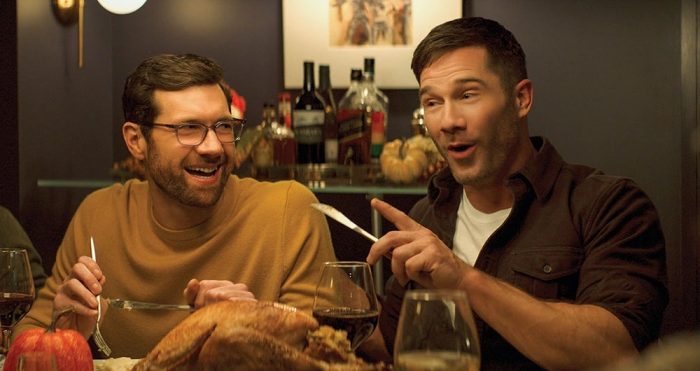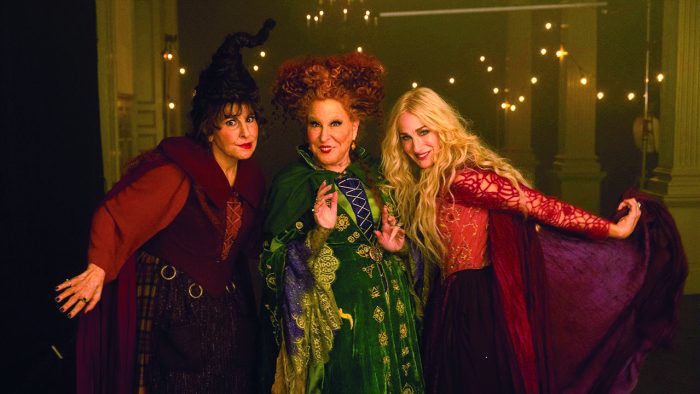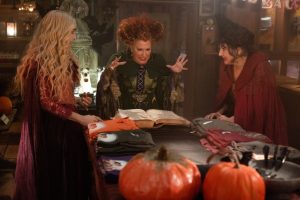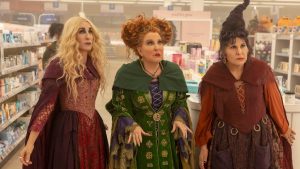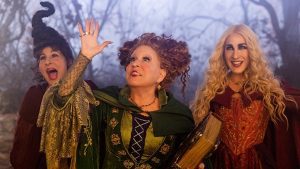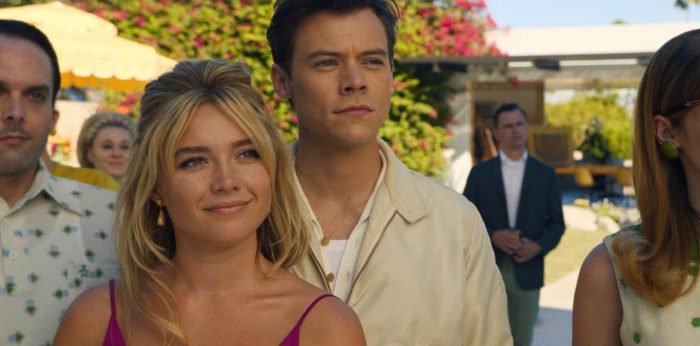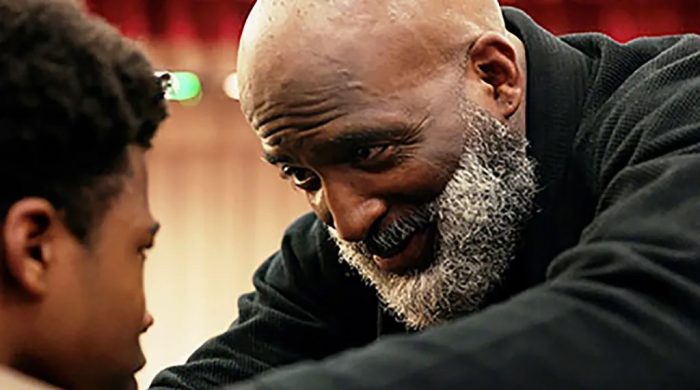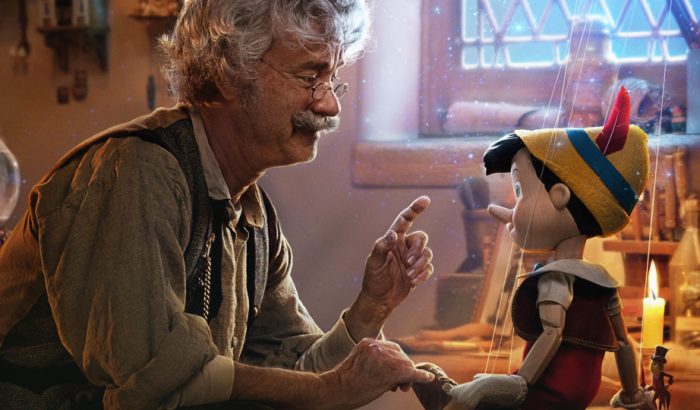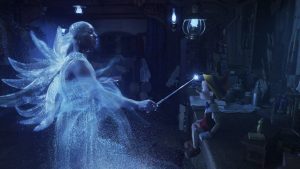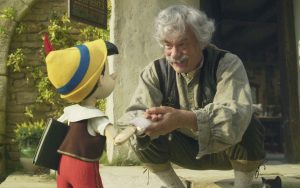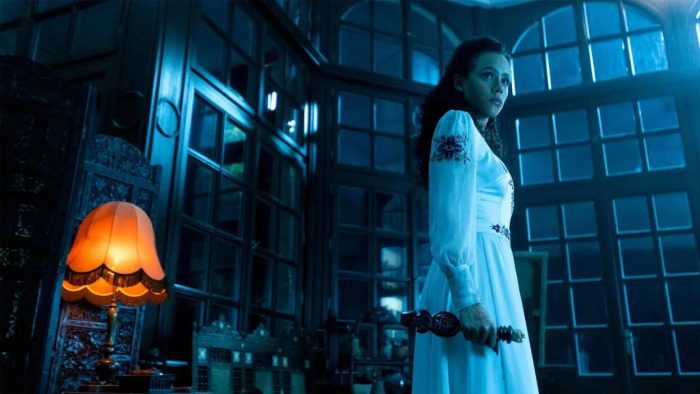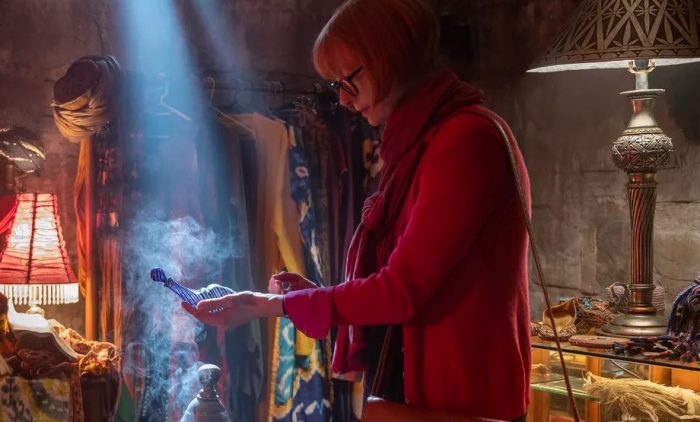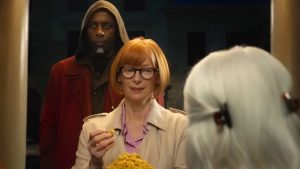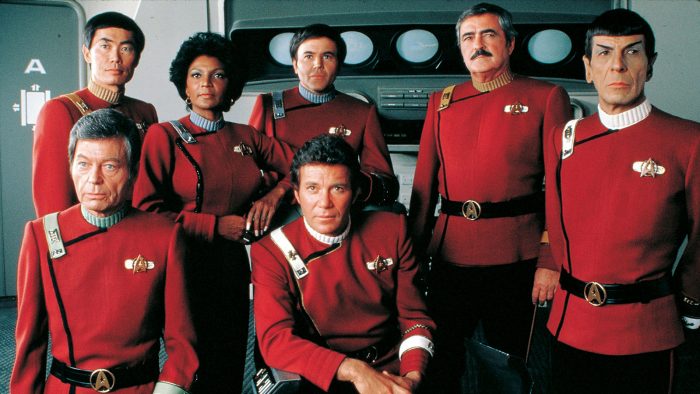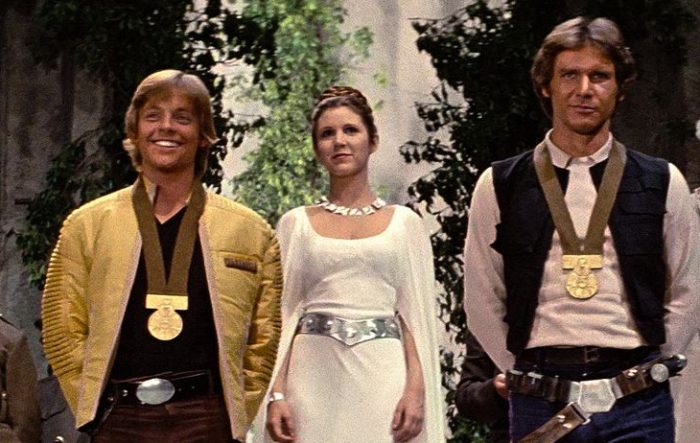Reviewed by Jeffrey Sanzel
For the most part, romantic comedies are predictable fare. From When Harry Met Sally and Notting Hill to the churned-out Hallmark Channel pablum, they trade surprise for pleasant comfort, rarely deviating from standard boy-meets-girl tropes. Gay characters are relegated to secondary or peripheral positions. Most commonly, they appear as best friends, dispensing sympathy and advice laden with snarky quips.
The hilarious, delightful Bros is a wholly original comedy that honors the traditional but celebrates what makes the culture and community different. It is not a gay version of a straight movie. Instead, it smartly tells a distinctly gay story in its own voice. It is also the first gay rom-com from a major studio (Universal); nearly the entire cast and crew are people who have lived the experience.

At the center of Bros is Bobby Lieber, played with the right balance of angst and insight by Billy Eichner. Eichner, who has co-written the screenplay with Nicholas Stoller, created a more subdued but no less colorful version of his Billy on the Street persona. Eichner’s Bobby is a fully realized character with a host of neuroses and a fierce independence.
Bobby is leaving his podcast/radio show, The Eleventh Brick at Stonewall, to become a curator for Manhattan’s National LGBTQ+ History Museum. While attending the launch of a new gay dating app, Bobby meets the handsome Aaron Shepard (Luke Macfarlane). After a brief flirtation, no sparks seem to be in evidence. But eventually, after spending a day together, the commitment-challenged pair begin a complicated relationship.
The film follows Bobby and Adam’s struggle to find common ground. While both men deny the value of monogamy, their journey is a push-me-pull-you battle. At heart, Bobby questions whether he could even be loved, especially by someone as good-looking as Adam. Mismatched, Bobby observes, “You’re like a gay Boy Scout, and I’m whatever happened to Evan Hansen.” Self-effacing to the point of self-destruction, Bobby eventually accepts that there could be a life with Adam. The road is fraught with potholes and leads to some very surprising places. But under Stoller’s excellent direction, the story is clear.
Running in the background are “Hallheart” holiday movies such as the bisexual Christmas with Either and the polyamorous A Holly, Poly Christmas along with Have Yourself a Heteronormative Christmas and Miracle on 34th Street But There’s One Gay Guy. These, along with discussions of straight actors co-opting gay stories as Oscar bait, make a strong comment on the cinematic industry. (In a flashback, Bobby suffers through an interview by a studio executive who wants him to shoehorn a gay love story into straight parameters. Jaw dropped, he responds, “Our relationships are different! Our sex is different!”)
Bros is never cloying or indulgent, addressing the characters’ doubts and fears head-on. Often wickedly self-satirizing, at an LGBTQ ceremony, Bobby receives “Best Cis Male Gay Man.” The award is presented by Kristin Chenoweth, adorned in a hat with a revolving replica of the Stonewall Inn. The museum staff meetings cheekily spoof personal agendas, with fractious disagreements over the Hall of Bisexuals and Abraham Lincoln’s sexuality. Even the end of Bobby and Adam’s first date pulls back to one of the funniest and most telling reveals. Harvey Fierstein cameos as a bed-and-breakfast owner, poignantly sharing his losses, but parts with the film’s best throwaway and outrageous exit lines. One of the culminating moments includes the Haunted House of Gay Trauma rollercoaster.
The writing is funny and sharp, ranging from subtly wry to uproarious. Bobby is both in denial and hyper-self-aware. He acknowledges he does not let things go. As for relationships, “No one’s more emotionally unavailable than me.” But his humanity plays throughout the entire film. In a particularly powerful moment, he shares the experience of seeing Love! Valor! Compassion! when he was twelve, while seated between his parents.
The cast is exceptional, with a wide LGBTQ+ representation. Each actor brings a different and unique shade to the overall tapestry. As Bobby states, “We are not a monolithic group.” Macfarlane is charming and dimensional as Luke. When Bobby is to meet Luke’s upstate family, Luke makes a difficult request: “Be less yourself for three hours; I want them to like you.” Somehow, Macfarlane navigates these dangerous waters by showing Luke’s vulnerability. Guy Branum has the perfect deadpan as Bobby’s best friend, Henry. Ts Madison, Dot-Marie Jones, Miss Lawrence, Eve Lindley, and Jim Rash are flawless as the museum staff. Debra Messing is pitch-perfect, playing a desperate version of herself.
Bros never eschews the many rom-com essentials: the montage, dancing on the beach, Christmas in the City. Even the song climactic song “Love Is Not Love” both celebrates and parodies. But Bros is a fresh, bold take on the genre. Unusual? Absolutely. But one of the best romantic comedies in many years.
Rated R, the film is now playing in local theaters.

